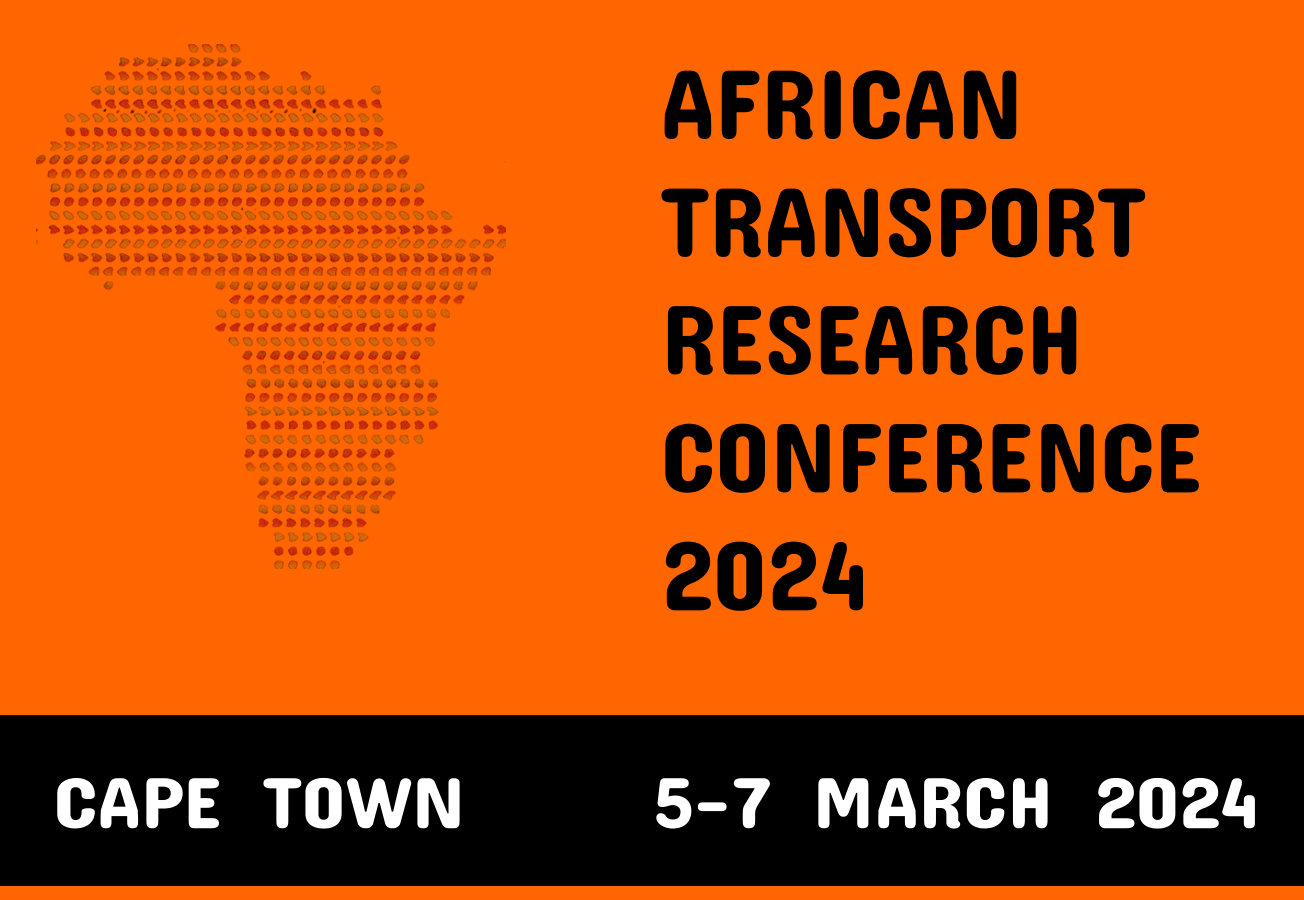Charles Hatfield will represent HeiGIT at the first ever African Transport Research Conference (ATRC 2024) which takes place from March 5-7 in Capetown, South Afrika. The conference was established to address rapid urbanisation in Africa and the corresponding challenges for transport and infrastructure. Volvo Research and Educational Foundations (VREF) and the Centre for Transport Studies at the University of Cape Town will arrange and host the event.
The ATRC is focused on land-based transport modes (including passenger and freight) in urban and rural contexts. More specifically, topics range from user needs, safety and environmental issues over new business models and financing to analytical tools and emerging technologies. For additional information, you can download the ATRC 2024 poster here. The main topic of Charles’ presentation is a study on the relation of traffic congestions and school times in rapidly growing cities like Nairobi. The core goal of the study was to gain deeper insights into the potential equity and economic impacts of congestion, which may be closely connected to inadequate land use and planning regarding children’s education and school travel.

The problem Charles and his team have examined is inadequate traffic planning in response to congestion. More and more roads are being built to relieve the congested roads, while other factors that influence traffic dynamics, such as traffic regulation or infrastructure for pedestrians and public transport, are being disregarded. Insufficient public transport and dangerous road conditions for pedestrians lead to people being dependent on private vehicles which in turn leads to more congestion.
The study has shown that congestion during the morning rush hours (6am – 9am) noticeably worsens during the school term compared ot the holidays. The worst school term congestions appear in Nairobi’s wealthier wards where parents are likely to put children in better schools and drive them there, indicating that social factors also need to be taken into account in traffic planning.
The researchers concluded that spatial mismatch between school children and school locations and the lack of reliable and safe shared school travel lead to a surge in vehicular volume associated with school commutes. This results in worse congestions in Nairobi during the school term, suggesting that there is a need for a different approaches to land-use and transport planning that prioritize non-motorized, school and public transport.
We would like to express our gratitude to the organizers of the ATRC 2024 for giving us the opportunity to advocate for an integrative approach to urban planning — one that’s proactive, sustainable, and puts the welfare of its residents, especially its children, at the forefront.
Reference:
Hatfield, Charles & Kustar, Anna & Reinmuth, Marcel & Cap, Constant & Beshir, Agraw Ali & Klopp, Jacqueline & Zipf, Alexander & Rising, James & Tun, Thet. (2024). Lessons in Traffic: Nairobi’s School Term Congestion and Equity Challenges. 10.1016/j.ijepes.2021.00.000.



